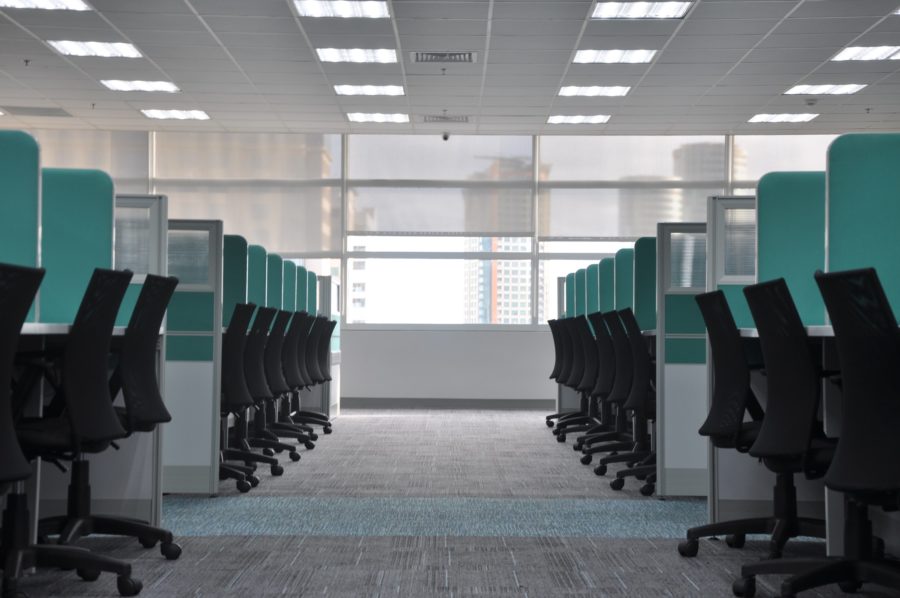News
Architecture Insight: Open Plan Hot Desking V Flexi Hybrid Workspace
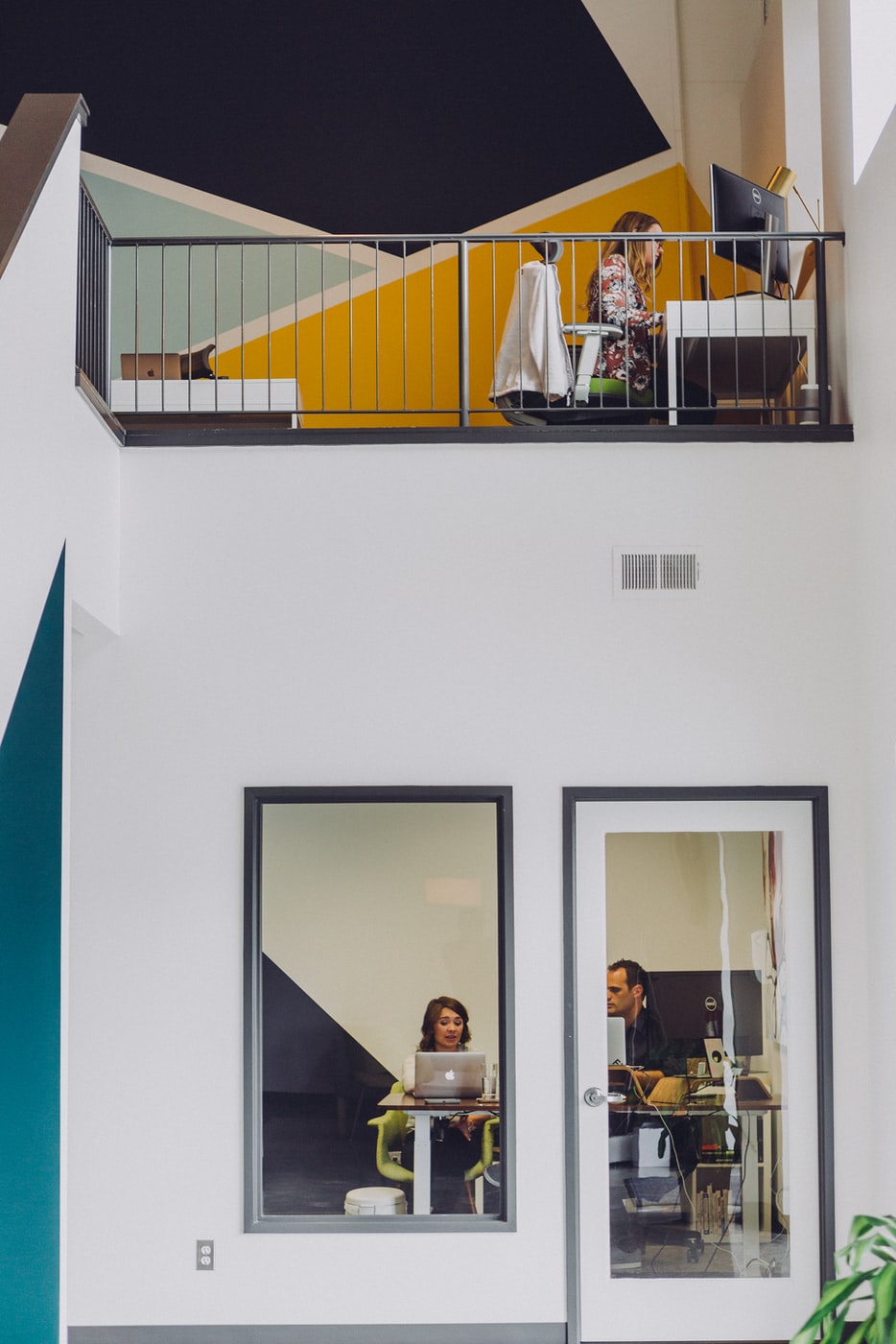
Marina Bagan our Senior Architectural Technician at PRE gives a detailed insight into why open plan office hot desking may become the past and Flexi hybrid workspace the future.
” As we have seen for the last weeks (and months) Covid-19 is changing everything around us. From the way we learn, work and communicate, to the way we shop, take part in events and work out. So as someone in the architecture industry I wonder, how will all this affect the future of office architecture?”
Office Architecture in a post Covid-19 world
If we have a look at the present times, due to government measure to stop the spread, office spaces, homes, supermarkets, etc, are already changing their space distribution, the way they are being used and their spaces.
In 2017 only 5% of Europe’s working force was working from home, however, since this crisis started, we have only seen more and more people starting to work remotely, to the point that now more than half the population is working from home. So the way we conceive work and our office spaces is changing.
What this forced-to-work-from-home “experiment” is showing us is not just the obvious benefits, like the reduction in pollution, the increase in productivity, etc. But also that remote work is possible and positive, and has also presented opportunities to companies considering hiring people from all over the world focusing in talent not in location. So what could this mean? Well, it means two things. On one hand, companies allowing people to work remotely would need smaller office spaces or office spaces that are more flexible. We have already seen companies renting desk for others to use. This could be the moment for architects and designers to push new designs that underpin this transition.
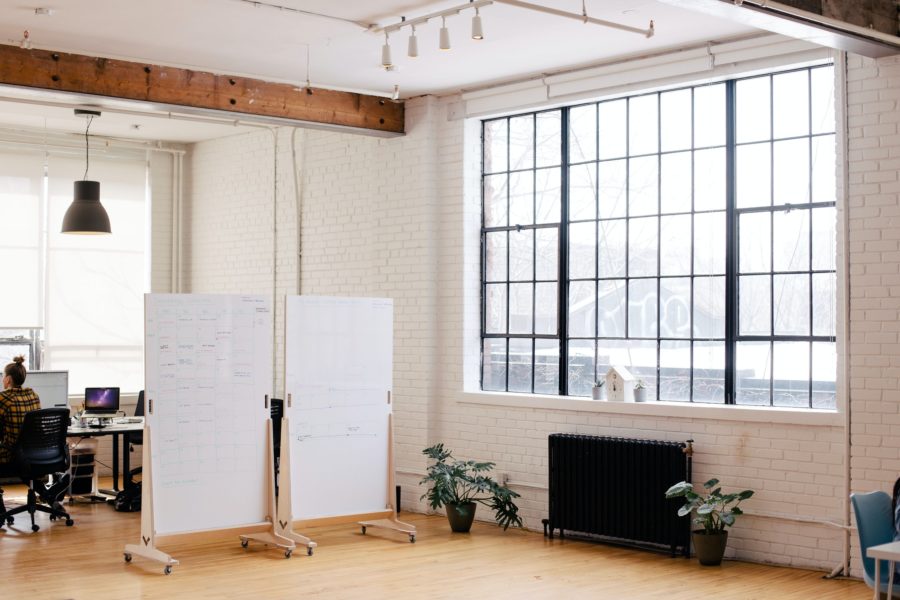
On the other hand, it means that our homes will become our new office – a space to work, to be productive and focused, take calls, etc. Until now, housing search didn’t always consider that the design should include a proper space to be used as an office. We would typically consider having things like a living room, maybe a bathtub or a garden, or even a garage. But now our priorities, points of view and experience have changed, and maybe from now on we will need an office in our homes (or at least a flexible space that can be used as a home office) and therefore future housing designs will have to include this. And it’s not just the home office. We have discovered that to be able to work from home and still take proper breaks, spend quality time with family or spend time on hobbies, we need inspiring spaces. Inspiring spaces that have the power of changing your working state of mind to a different state of mind. It can be a small corner with a chair where you can have a coffee, or a terrace where you can plant some tomatoes or a room where you can practice some exercise. Those spaces have become more important since the lockdown, so the present and future home design is going to have to cater to these new and important demands.
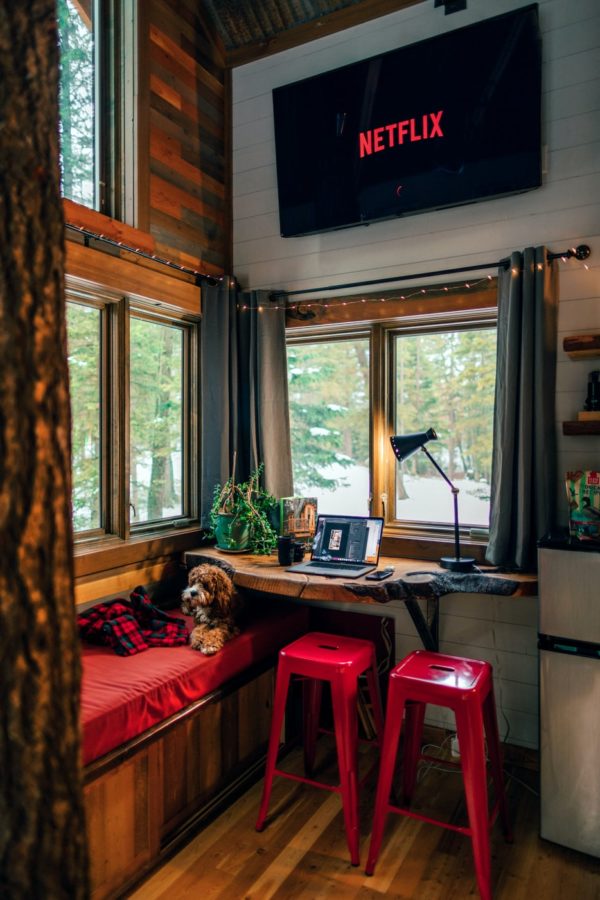
A possible new Office
It also important to bring up the concept of social distancing in an office building, because this crisis will be overcome and the offices will open again but it makes you think that we should learn something from this. We should consider that maybe our architecture and design could help to prevent or slow down the spread of any other disease that may come. For example, it’s likely that from now on we will find sanitiser dispensers in office buildings as we find fire extinguishers. Also, maybe some parts in our buildings could be redesigned to avoid unnecessary contact with people, like in the toilets or the entrance areas. We are used to no partitions in our office space, but what impact would have to bring back some of the partitioning? These, and lots of other ideas, will have to be thought and studied in future designs.
We’ve gone From the 40s when the open plan offices started to be in style (The Apartment movie, 1960), to the 80s-90s where the cubicles appeared (Office Space movie, 1999), to the present, where you can find office spaces mixed with eating spaces, resting spaces and networking. It’s clear that architecture has always evolved to accommodate new needs and demands, and this time architects will have to be prepared to take fast action and find efficient design solutions.
Flexible spaces and new concepts
We can already see how some buildings have changed – the utility they had before the crisis to a new utility so they can be help in different ways in the current situation. As examples, we have the Cleveland Clinic School that has become a temporary medical hospital, as well as the New Berlin airport. This makes a lot of sense if we consider that some hospitals can’t cope with all the patients they have, and at the same time some airports have very little traffic and that most of the schools and universities are closed.
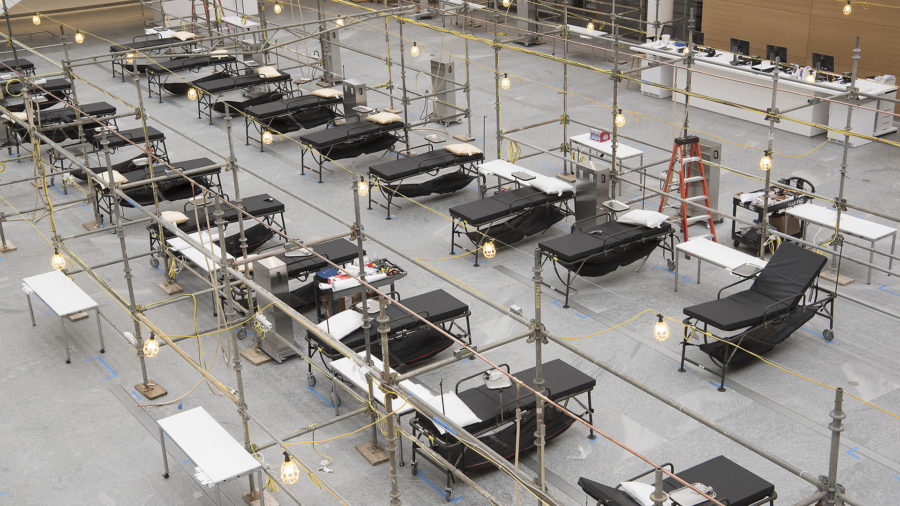
At present, we can also find that architects and designers have come up with designs to encourage fast responses and help with the highly overcrowded hospitals. Examples of this are shipping containers used as health care centres, pavilions used for patients and doctors, urban quarantine camps, emergency medical shelters etc. All these designs have important concepts of mobility, temporality, efficiency and safety that are going to open a new future for these kinds of designs.
Also, in the last few weeks there has been more than one case of an Airbnb host, who couldn’t rent their place due to the outbreak, but instead lent it for free to a nurse so they could rest without having to travel all the way home when they needed it.
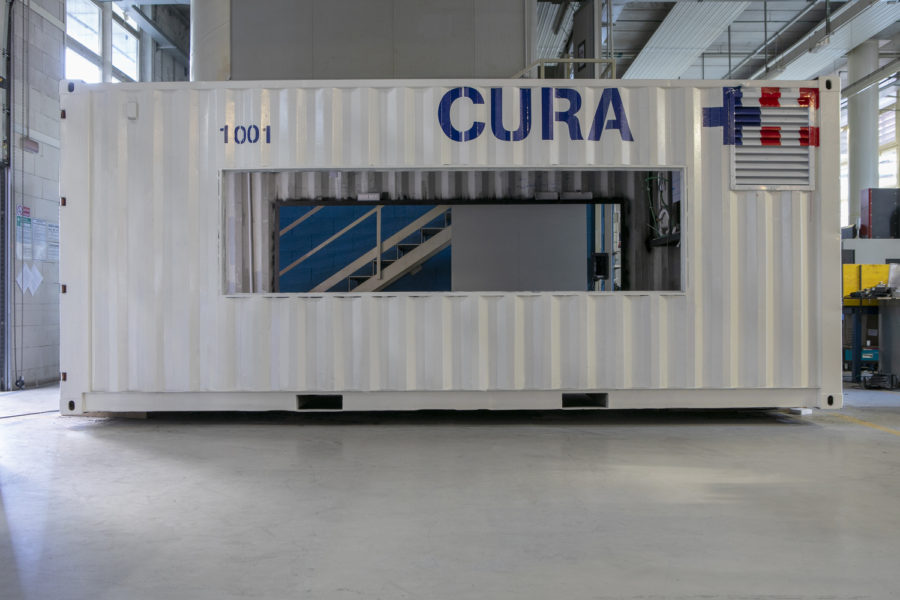
New ideas and projects are coming up to help patients, hospitals and supermarkets, to overcome this crisis. The architecture can’t be oblivious to the change required, not just in the designs, but also in their process of thinking. More than ever architects and designers need to be resilient and responsive. It is time to think deeply about what we can learn from this crisis, and also to find points where our architecture still needs to be moulded into a solution. It’s going to be a long process, but as new trends merge, responsiveness and flexibility will shape our future.

For more information about this article or a competitive proposal for Architectural or Measured Surveys please do contact one of our account managers surveys@presurveyors.co.uk
